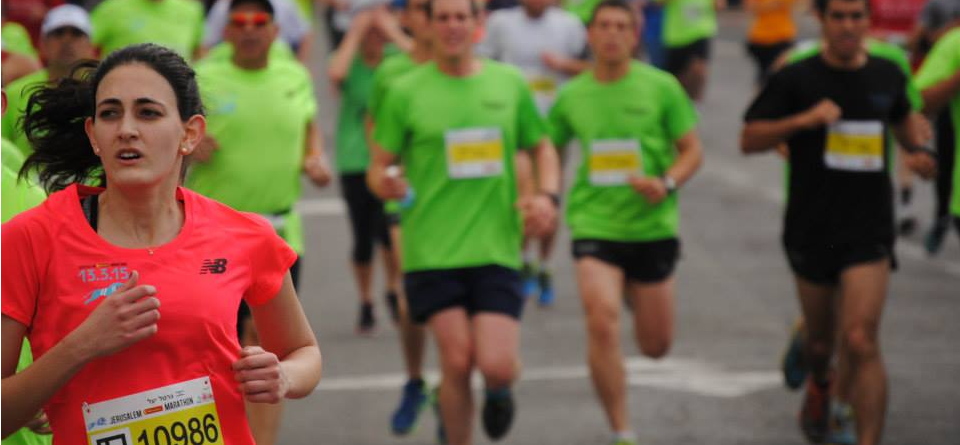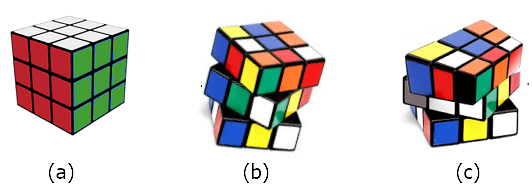|
PICSSi: Cognitive Engagement Made Simple |
|
|
PICSSi: Cognitive Engagement Made Simple |
|
 |
Dementia Today and Tomorrow. Fighting Alzheimer's Disease and Related Dementias is both a Call-to-Action today to help those suffering from the disease, and to proactively support the projected 153M people who will be affected by dementia in 2050, and all the years in between with advanced early disease detection and treatment.
|
|
The Challenges: Early Disease Detection & Tracking
Undiagnosed. Globally, it is estimated that over 41M cases of dementia go undiagnosed. Between 20-50% of people over age 65 have undiagnosed Mild Cognitive Impairment across all morbidities.
Risk Factors: Age, Family History, Stroke, Traumatic Brain Injury, Diabetes, Down's Syndrome, Parkinson's Disease, Cardiovascular Disease, Long-COVID, and Social Determinants account for 95% of Dementia cases.
Inadequate Tools. Current neuropsychological assessments have floor and ceiling limits, meaning that to screen and evaluate people relies on a patchwork of tests. The use of discontinuous clinical scales is particularly problematic for longitudinally detecting and tracking nuanced cognitive-motor changes for detecting and monitoring disease progressions.
Individual Variability. Individuals with cognitive impairments, whether associated with age and/or symptoms associated with other dementia risks present with a wide range of symptoms. This is true of many cognitive-motor issues with complex co-morbid presentations. The presentation of prodromal and pre-clinical stage disease markers makes early disease detection challenging.
| |||||
|
The Solution
PICSSi - Personalized Intelligent Cognitive Screening and Stimulation
|
|
PICSSi is a multimodal platform designed to support cognitive health and well-being. PICSSi integrates the use of enriched visual stimuli; real-world images configured into 3D-like figure-ground visual illusions. conflu3nce is applying its patented methods to gamify real-world images into dynamic 3D-like ambiguous images - natural puzzles for the mind.
Versatility. These enriched visual stimuli are designed to engage cognition and challenge the mind with naturalistic scenes and user-relevant content. The stimuli can be configured for device-based and/or offline use with options for view-only/hands-free and/or hands-on interactions.
|
The Stimuli. PICSSi's multiplexed image constructs are dynamic examples of stable and multi-stable ambiguous images. All constructs convey the illusion of depth, while stable constructs show only one image in the ground (background) position (below). Multistable constructs demonstrate a phenomenon known as percept switching, where the image which is perceived to occupy the ground position at any one point in time can switch/shift. This dynamic interaction can be triggered, manipulated, and predicted. |
 |
|
Shifting the Paradigm. Our approach recognizes a fundamental truth - we are not all the same. Each of us is unique in how we think, how we problem solve, in our memories and life experiences. PICSSi leverages these differences in developing an integrated, personalized approach to establish individualized cognitive expression patterns using PICSSi's enriched visual stimuli to cooperatively engage cognition across all cognitive domains. |
Current siloed domain assessment approach can be represented by the Rubik's Cube on the above, left (a). While the PICSSi approach is best represented by the center Rubik's Cube (b) in considering overall cognition - the integrated whole that reflects how we think and problem solve, and how cognition changes over time and with disease (c). PICSSi stimuli are natural puzzles for the mind, holistically engaging cognition across all cognitive domains. |
 | |
|
Why PICSSi? Missing from the cognitive health equation are tools which can be personalized to each of us and still be sensitive enough to detect nuanced changes in cognitive health in people across a wide range of ages and conditions. Ideally, these tools should be able to detect changes in your cognitive health, but still be used on a population-level scale to support the development of predictive biomarkers. For early detection of subtle changes, we're focused on changes in cognition and how everything works together, not just how the parts work or when they don't! |
|
|
Purpose-Built for 21st-Century User Interactions
What do you see? With the right stimulus, this simple question can integratively engage cognition across all cognitive domains, holistically transforming health and well-being for people across the cognitive spectrum. By default and design, the stimuli themselves embody Gestalt visual cues of completion, continuation, symmetry and figure-ground, further aligning screening and treatment with native cognitive processes associated with problem-solving, scene analysis and other executive functions.
| |
|
Siloed Domain versus Multi-Domain. Current neuropsychological methods focus on assessing individual cognitive domain deficits and then deriving a composited score of overall cognition. At conflu3nce, we view cognition from a Gestalt perspective - an integrated whole (cognition) as something other than - more than - the sum of its parts (domain-specific tests and deficits). As such, PICSSi's enriched visual stimuli provide rich targets for object identification, memory, attention, language, visual-spatial, executive function, and sensorimotor engagement and interactions. |
User-Specific Longitudinal Stimuli & Assessments. The integration of user-supplied images (memories and experiences) as personalized stimuli facilitates a personalized approach to longitudinally track changes in cognition. Image-based mental orientation tasks introduce long-term memory recall tasks to complement traditional mental orientation tasks. These view-only tasks can be complemented with hands-on interactives for tracking changes in depth perception and other cognitive skills and processes for collecting speed and accuracy metrics. |
 | |
Personalization. The depth of PICSSi's enriched visual stimuli delivers cognitive-engaging power in each construct. Gamifying user-supplied image (memories and experiences) into enriched visual stimuli personalizes cognitive engagement with targeted memory stimulating, attention focusing interactions/tasks to cooperatively and integratively engage cognition. |
Continuous Clinical Scale. PICSSi stimuli offer clinicians the ability to vary the complexity of the same essential stimulus by changing the sectioning strategy. The capacity to modulate the complexity of the stimulus facilitates longitudinal detection and tracking of changes in cognition. |
|
Benchmarking |
Detecting |
 | |
|
© 2016-2024 conflu3nce |